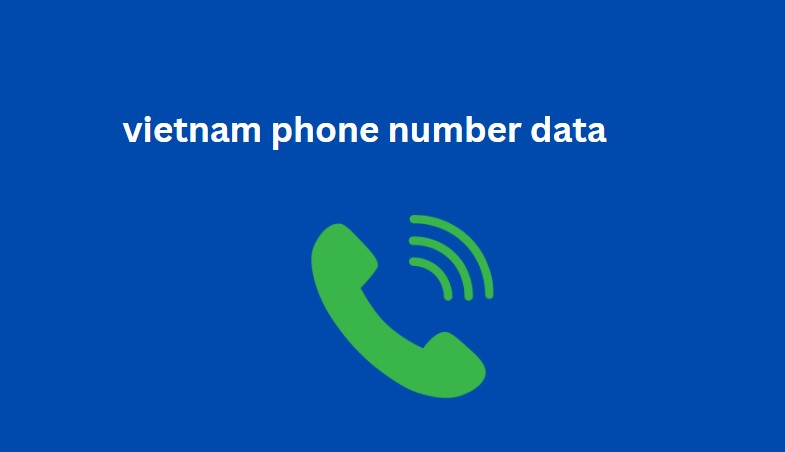Mobile SEO (Search Engine Optimization) refers to the optimization of a website with the aim of improving its visibility and positioning in search results through mobile devices. It is a technique that should be applied both for national searches and
In this sense, optimizing your website is essential. This way, you can ensure a satisfactory user experience , even when browsing via smartphones or tablets. Search engines Mobile SEO techniques give priority to websites that are optimized for mobile devices. Therefore, a good Mobile SEO strategy will increase your chances of success in Google’s results pages.
Another reason why it is important to Mobile SEO techniques vapply a good mobile SEO strategy is because, according to Gre done by voice. It is evident that, with the frenetic pace of everyday life, it is easier for us to ask a virtual assistant than to write what we are looking for. Something that we do through our smartphone . One more reason to optimize the content of your website.
Just like in traditional SEO, in Mobile SEO it is essential to use keywords , according to the defined, as well as the link building strategy .
Google mobile-first index
The Mobile First Index is an update to Google ‘s algorithm , according to which the search engine indexes and ranks websites in its search results, prioritizing the mobile version.
In this way, and taking into account the new habits of users when searching on the Internet, Google wants to ensure that the user obtains relevant results optimized for mobile devices. In this sense, the main version of a page must be the one aimed at mobile devices.
As a result , websites that are not optimized for mobile devices may suffer from a lower ranking in search results.
Responsive design , loading speed and touch design are some of the aspects that you should take into account when planning your Mobile SEO strategy.
Including maps and directions will also help search vietnam phone number data engines understand the relevance of the website to location-related searches.
Users who search via smartphones or tablets usually have less time and patience to obtain their results. Retaining them and improving the UX (user experience) will be the challenge to achieve through your Mobile SEO strategy.
Techniques to use in Mobile SEO
A responsive design is one that automatically adjusts to the screen size of the device through which the user is performing the search. Thanks to it, a better user experience is offered to visitors from their smartphones, tablets or desktop computers.
On a technical level, the URL of the website will always be the same , regardless of the device from which users browse. The HTML will also be the same . What the role of neural networks in stable diffusion will change is the CSS, which will vary the display depending on the screen size and the device.
If your website does not have a responsive design , you aleart news are likely to have problems like these:
- Slow loading speed , so your visitors’ bounce rate is probably very high.
- Difficulty in correctly displaying the desktop version on mobile, requiring the user to constantly enlarge the screen, which is uncomfortable and impractical.
- Difficulty activating buttons and links correctly.
Therefore, not offering a responsive design will cause Google to undervalue the website and lose positions in the search engine.
Element compression is a technique used in Mobile SEO to reduce the size of files sent from the server to the mobile device. This can reduce file size by up to 70% , which can significantly improve website loading speed .
Image optimization is also very important . Images are one of the main culprits of web page size on mobile devices. It is important to optimize them to reduce their size without compromising their quality . Image optimization techniques include image compression, resizing, and converting to more efficient image formats.
Correct optimization of the website for mobile devices can improve the user experience (UX) in several aspects.
- Increased loading speed . Mobile-optimized websites load faster on mobile devices, improving user experience by reducing wait time.
- Responsive design and navigation . Facilitating clear and user-friendly navigation to ensure users can find what they are looking for quickly and easily.
- Legible content , easy to read and adapted to the size of the user’s mobile device screen.
- Correct interactivity , through buttons and drop-down menus that are easy to use on mobile devices.


